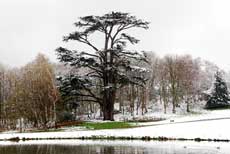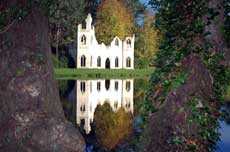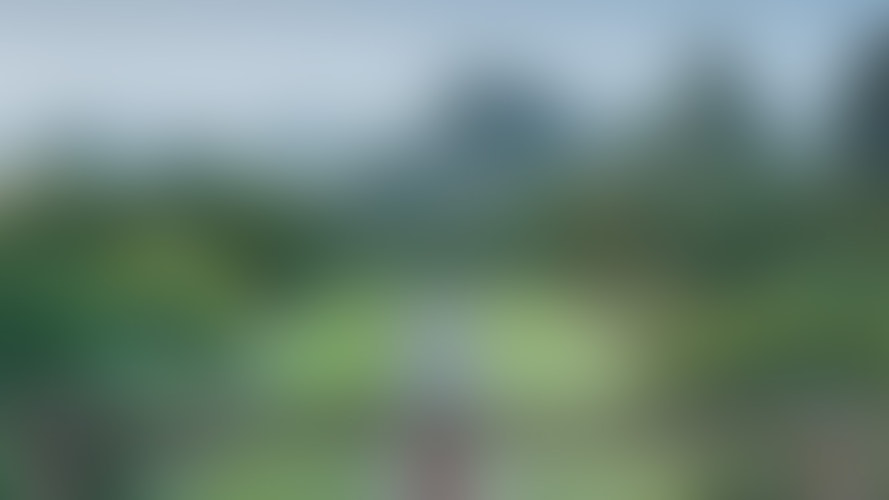Janie Burford's budget did not allow her to employ staff, but a lifeline appeared in the shape of the Manpower Services Commission (MSC) job creation scheme.
In the 1980s, there were many unemployed graduates, and Janie was able to assemble a well-qualified team of archaeologists, historians, horticulturalists and other site workers, all of whom were paid by the Government.
For the next three years, Janie and her team began tentatively to open up the site, removing undergrowth and clearing paths to and discover what was still there, and making the remaining buildings safe.
Extensive surveying helped to guide the team in the painstaking work of clearing the site without destroying any precious evidence of original features or materials that remained. Every historic tree and stump in the park was identified, revealing 169 specimens that had survived from Hamilton's time, including seven 240-year-old cedars of Lebanon.
Janie felt it was very important to read the history of the site from the ground up, and brought in archaeologist Lesley Howes to assist. Only a few of the park's original buildings remained - the Ruined Abbey, the Gothic Temple and the Chinese Bridge - and archaeological research played a crucial role in identifying the ground plans of lost buildings and the materials of which they were made, as well as retrieving materials which had been scattered about the site.
Alongside the archaeological work, the documentary research team, led by Mavis Collier, amassed a good deal of pictorial and written evidence to show what the buildings and landscape had looked like. No estate papers were ever found, but there were plenty of contemporary visitor descriptions, maps, paintings and sketches, as well as photographs for Country Life magazine, taken earlier in the century when many of the buildings still stood.

Cedar of Lebanon, Painshill.
Photograph copyright: Andrew Trimble.
‘It was a very exciting time - we were on site finding archaeological evidence and at the same time the historic documentary research was coming in. In retrospect I realise how lucky we were, that we had time, since it wasn't a public park,'
The many 18th- and 19th-century visitor accounts were compared and analysed alongside maps and illustrations to build up a picture of the Park's design and layout, and the appearance of its buildings and plantings. The main routes around the garden were identified from evidence on the ground, together with visitor descriptions and old maps.
The research brought previously unknown facts to light. Following the discovery of a brick kiln behind the last of Hamilton's follies, the Ruined Abbey, archaeologists and researchers were able to establish that there had in fact been a tile works on the spot, where Hamilton had produced his own bricks, tiles and chimney pots.

Photograph of the Ruined Abbey after
restoration, Painshill Park, November 2005.
Photograph copyright: Fred Holmes, 2005.
